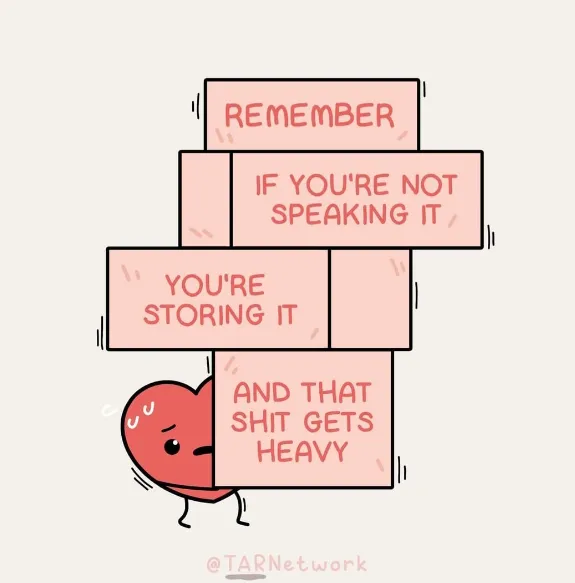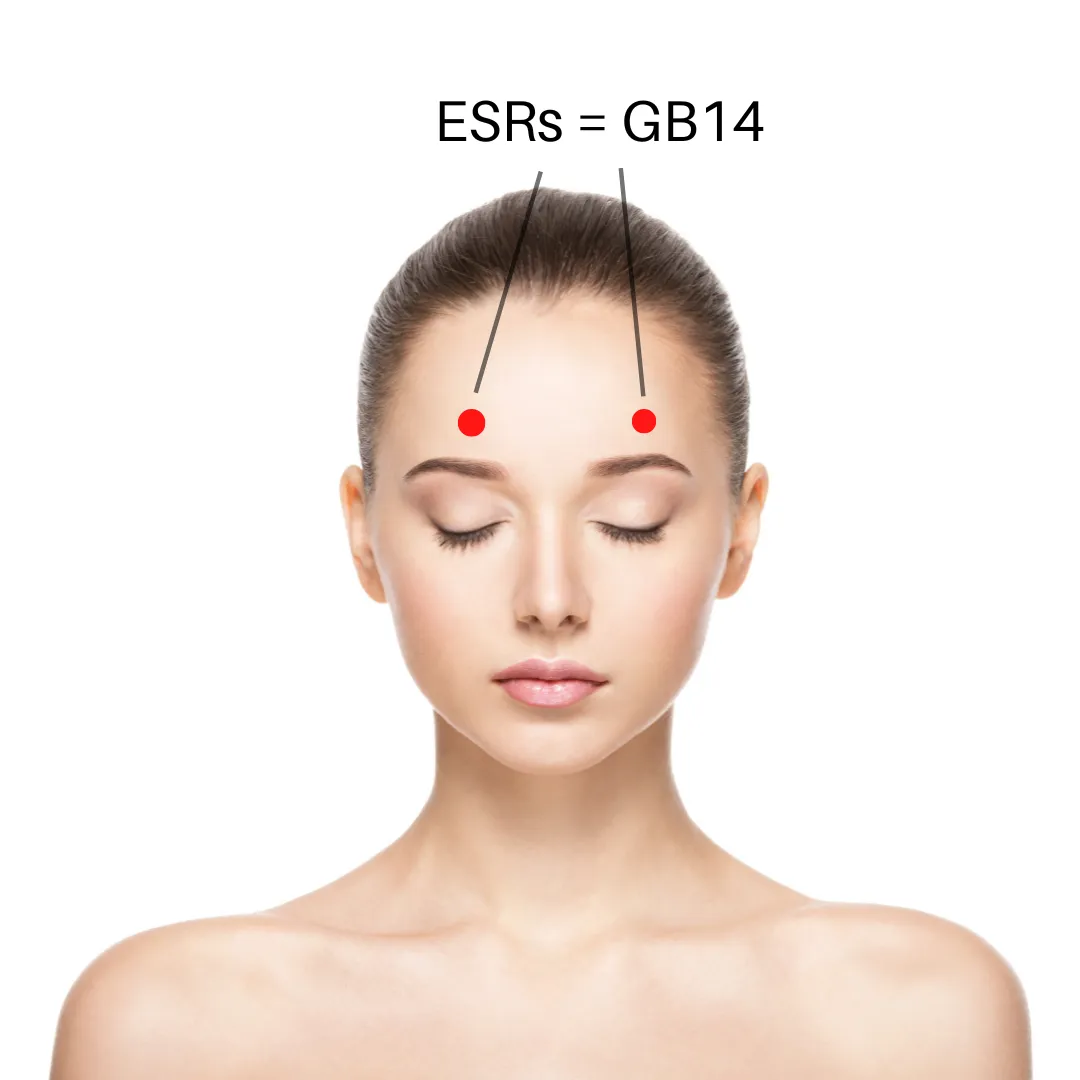Emotional Stress Release in Kinesiology - Try This Easy Tool
Experience emotional relief with this simple tool.
Have you ever heard the concept that what you don’t express gets stored in your body?
This idea is especially true for emotional stress and events during which the energy of your survival system cannot be released (Levine, 1997; Littrell, 2008).
When emotions go unprocessed, they can manifest as tension, discomfort, pain, or even lead to illnesses over time, affecting both your mental and physical well-being.

Here, I share a powerful yet simple technique used in Kinesiology to help you manage emotional overwhelm and find your way back to ease and calmness.
This tool offers a gentle way to connect with and release your stress, ensuring it doesn’t negatively impact your body. By using this technique, you can navigate your emotions mindfully, allowing for a healthier, more balanced experience.
This process is called Emotional Stress Release.
Emotional Stress Release in Kinesiology
These points, located on your forehead, are incredibly effective in moments of stress or overload, whether the source is a challenging person, a high-pressure situation at work, or simply the thought of an upcoming task that feels daunting.
The beauty of using ESR points lies in their ability to de-stress the basic fight-or-flight response that often kicks in when we're faced with stress or overwhelm.
By gently stimulating these points, you can help redirect blood flow to the frontal lobes of your brain—the area responsible for decision-making, problem-solving, and creativity.
This shift enables you to move out of a reactive state and into a more thoughtful, solution-oriented mindset, allowing you to explore new choices and actions with greater clarity.
How to Use the ESR Points:
1/ Locate the Points: To find the ESR points, place your fingers one thumb-width above your eyebrows, directly above the pupils of your eyes. These are the spots you'll want to focus on.
 2/ Apply a Gentle Touch: Using two fingers or your thumb, lightly press on these acupoints. There's no need to apply much pressure; a gentle touch is all that's required.
2/ Apply a Gentle Touch: Using two fingers or your thumb, lightly press on these acupoints. There's no need to apply much pressure; a gentle touch is all that's required.
3/ Focus on Your Stress: As you hold these points, bring to mind the source of your stress or overwhelm. Whether it's a person, a situation, or a particular thought, allow yourself to fully acknowledge it. Bring up any visuals associated with the stressor, notice any sounds, and tune into the body sensations and emotions that arise. By fully immersing yourself in the experience, you can effectively work through the stress while the ESR points help to diffuse it.
4/ Wait for the Pulse: As you continue to hold the points, you may start to feel a subtle pulse or throbbing sensation under your fingers. This is a sign that the process is working. Typically, this sensation will occur after 10 to 20 minutes.
5/ Notice the Shift: Often, a deep sigh or a sense of relief will accompany the completion of the process, indicating that the stress has begun to dissipate.
Finding the Right Position:
To make this practice more comfortable, especially if you plan to hold the points for a while, consider lying down on your side. Rest your elbow on a pillow to support your arm, allowing you to maintain light pressure on the ESR points without straining.
Alternatively, you can ask your partner or a friend to hold the points for you. Taking turns can also be a wonderful way to share the benefits of this technique with someone you trust.
By incorporating this simple technique into your routine, you can empower yourself to manage stress more effectively, bringing calm and clarity to moments that might otherwise feel overwhelming.
Give this technique a try the next time you feel overwhelmed, and see how it helps you regain a sense of calm and clarity.
I’d love to hear about your experience—let me know how you feel afterwards!
P.S. Ready to dive deeper into your emotional well-being? Take the first step by booking a complimentary 30-minute trial session today!
References:
Levine, P. A., & Frederick, A. (1997). Waking the tiger: Healing trauma. North Atlantic Books.
Littrell, J. (2008). The mind-body connection: Not just a theory anymore. Social Work in Health Care, 46(4), 17–37. https://doi-org.ezproxy.navitas.com/10.1300/J010v46n04_02

